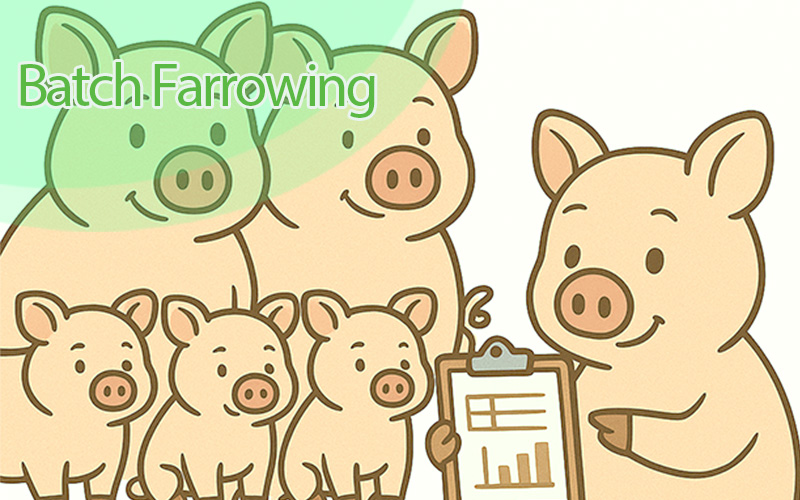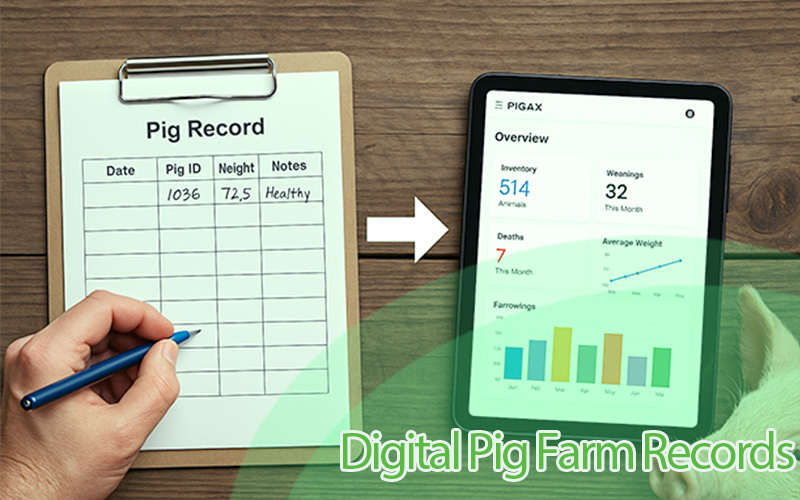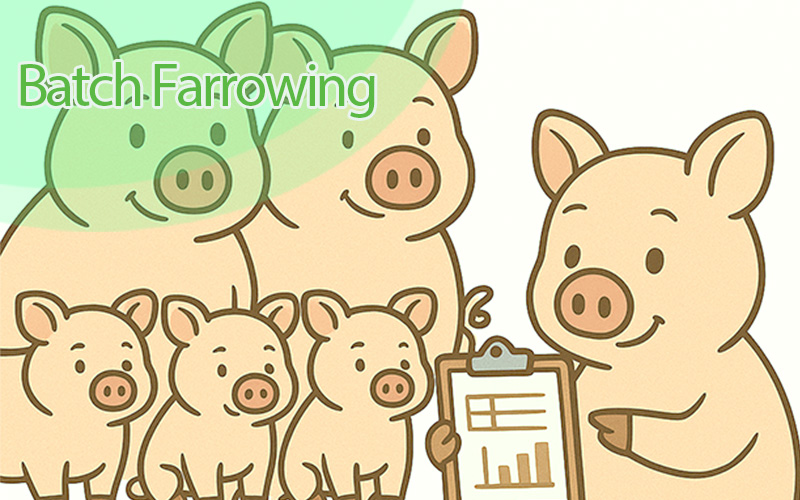3 best methods of breeding pigs to ensure a productive piggery business
In the farrowing operation, breeding is an important task for pig farmers as this is what leads to the production of more pigs and brings profit. There are 3 major methods of mating that pig farmers can explore.
Hand mating
This is also known as hand breeding or hand serving. It is a method of pig mating in which the boar is isolated in a special pen and the sow is brought to him for mating. The mating process is supervised after which the sow is returned to her pen with the others. This method is more common among standard and intensive farms.
One advantage of hand mating is that it allows the farmer to have more control over the breeding process and to observe the mating behavior of the pigs. The farmer can also know and register the date of mating in the record-keeping tool and track the date of delivery from then on. However, hand mating carries a higher risk of injury to both the boar and the sow, as they may be more likely to fight or become agitated in a confined space.
Pen mating
Also known as pen breeding or pen serving, is a method of pig mating in which the boar and sow are placed in a pen together for a period of time usually 2 weeks, and allowed to mate naturally. This method is less common than natural mating or artificial insemination and is typically used in small-scale or hobby farms.
One advantage of pen mating is that it allows the pigs to mate naturally and can be less labor-intensive for the farmer than hand mating. It can also be used as a last resort if a boar is unable to mate naturally due to injury or other issues.
However, it may not be as effective at producing offspring as natural mating or artificial insemination, as the farmer has less control over the breeding process.
Artificial insemination (AI)
(AI) is a method of breeding pigs in which semen from a boar is collected and artificially introduced into the uterus of a sow using a sterile artificial insemination rod. AI is a more precise and controlled method of breeding compared to natural mating, and it allows farmers to select the genetics of the offspring.
To perform AI, a boar is first trained to ejaculate on command using a dummy sow, and the semen is collected using a special device called an artificial vagina. The semen is then processed and stored until it is needed for insemination. When the sow is ready to be inseminated, the AI technician inserts the artificial insemination rod into the sow's uterus and deposits the semen into the reproductive tract.
AI has several advantages over natural mating. It allows farmers to breed sows more frequently and reduces the need for boars on the farm, as a single boar can produce semen for many inseminations. In addition, AI can help prevent the spread of disease, as it does not involve physical contact between animals.
In conclusion, the choice of method that farmers use for breeding pigs on the farm depends on certain factors like the number of boars available, the number of spaces and pens for breeding, the availability of AI equipment, and the number of sows on the farm.




